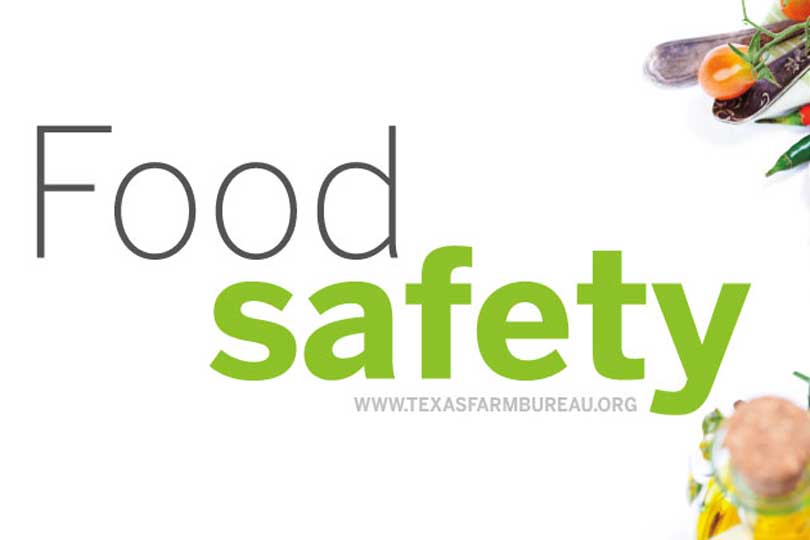By Justin Walker
Communications Specialist
Grilling safety and food safety should remain a priority this summer.
One of the biggest issues grillers will encounter this summer is grilling their meats to a proper temperature, Janell Goodwin, food safety expert with U.S. Department of Agriculture’s (USDA) Meat and Poultry Hotline, said. It’s impossible to tell if food has been cooked properly without a thermometer.
“Once it reaches a safe temperature—for example, burgers, you want to reach 160 degrees—once it reaches that, you can pull it off the grill,” Goodwin said.
Burgers need to be cooked to 160 degrees. Steaks, chops and roasts should be cooked to an internal temperature of 145 degrees. All poultry should reach 165 degrees before consumption, according to USDA.
It’s important to check the center of the meat when using the thermometer, Goodwin said. When food items have been frozen, it will often take longer for the center to cook, meaning outside portions will reach a safe temperature before the middle portion.
Cooking thoroughly isn’t the only important step when grilling. It’s just one of eight guidelines released by USDA’s Food Safety and Inspection Service (FSIS) for grilling food safety.
FSIS guidelines suggest keeping cold and hot foods at their respective levels during prep and after cooking. Meat and poultry should stay refrigerated until ready to go on the grill, and coolers with uncooked meats should stay out of direct sunlight.
Cooked meats should stay hot until served. This can be achieved by setting them to the side of the grill rack, being kept in the oven at about 200 degrees or on a warming tray.
Other food safety steps include keeping everything clean, separating raw and cooked foods and safe smoking.
For a full list of grilling food safety guidelines, click here.

